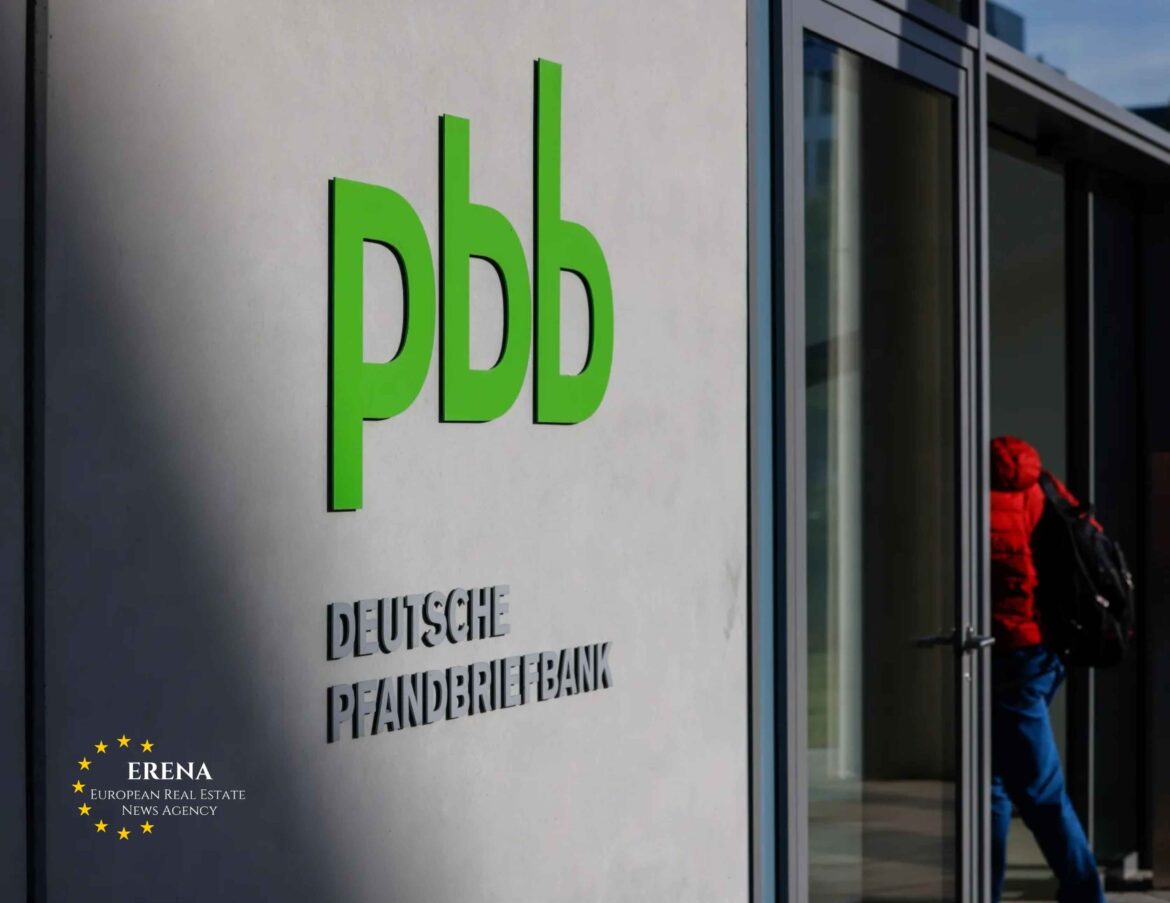In a significant strategic realignment, Deutsche Pfandbriefbank AG (PBB) has announced its decision to withdraw entirely from the U.S. commercial real estate market and concentrate its efforts on European assets. This move reflects not only a reassessment of risk profiles but also broader shifts within the global banking and real estate finance sectors, shaped by economic uncertainty and evolving market fundamentals.
Background: Pfandbriefbank’s U.S. Presence
PBB, one of Europe’s leading providers of commercial real estate financing, began expanding its footprint in the United States during the early 2010s. At the time, the U.S. market promised scale, liquidity, and high yields, particularly in major office and mixed-use developments across cities like New York, Chicago, and San Francisco.
At its peak, PBB’s U.S. loan book totaled approximately €5 billion, making it a significant player among foreign lenders. However, with the post-pandemic downturn in office demand, falling valuations, and rising delinquencies, the bank started reevaluating its strategy.
Why PBB Is Leaving the U.S.
The decision to exit stems from growing risk concerns and market deterioration in the American commercial property sector — particularly in offices, which have suffered due to the shift to remote and hybrid work models.
Key Factors Behind the Exit:
- Elevated levels of non-performing loans (NPLs) in the U.S. portfolio
- Decreased property valuations, especially in urban office markets
- Stricter refinancing conditions and regulatory pressures
- Inflation and interest rate hikes affecting loan servicing
- Increased competition from U.S.-based lenders and private equity firms
According to PBB’s Q1 2025 report, over 14.5% of its U.S. commercial real estate portfolio is now classified as non-performing or under restructuring — in stark contrast to a sub-2% NPL rate in its European assets.
Refocusing on Europe
Pfandbriefbank’s new strategy centers on building a more resilient, ESG-aligned loan portfolio in core European countries. Priority markets include:
- Germany, the Netherlands, and Austria
- Scandinavian countries, with strong demand in logistics and residential sectors
- France and Benelux, particularly in sustainable real estate development
- Energy-efficient, certified green buildings
In a press release, PBB CEO Andreas Arndt emphasized the shift as a “move toward stability and predictability.”
“We are not just leaving the U.S. — we are reinforcing our belief in European resilience,” he stated.
Financial Impact of the Exit
PBB will unwind its U.S. portfolio over the next 12 months, targeting the disposal or run-off of approximately €3.2 billion in loans. This may include discounted asset sales, especially for distressed or underperforming loans.
To support its European growth agenda, the bank plans to raise up to €1 billion in fresh capital and redirect internal resources to key EU markets.
The bank’s Q1 2025 financials already reflect transitional costs:
- Operating profit fell by 17%
- Loan loss provisions increased by €320 million
- European exposure rose from 78% to 85% of total assets
Market and Investor Response
The market’s response has been cautious but not negative. While PBB’s shares fell by 3.8% on the day of the announcement, they quickly stabilized. Analysts from Deutsche Bank and HSBC have noted that the strategy is a prudent long-term de-risking measure.
However, both Moody’s and Fitch have placed PBB’s ratings on watch for a potential downgrade due to asset transition uncertainty and the loss of geographic diversification.
Risks and Challenges Ahead
While Europe is a relatively stable base, PBB still faces several hurdles:
- Competition from regional banks and REITs
- Tightening ESG regulations across the EU
- European Central Bank (ECB) oversight, particularly regarding capital adequacy
- Lower margins in established markets compared to pre-crisis U.S. yields
Nevertheless, the bank believes that in the long term, this focus will lead to lower volatility and higher quality growth.
Comparisons with Other Banks
PBB is not the only European institution retrenching from the U.S. market. Other examples include:
| Bank | Action | Reason |
|---|---|---|
| Aareal Bank | Cut back on U.S. office loans | Rising credit risk |
| UniCredit | Sold Chicago portfolio | Global asset restructuring |
| Crédit Agricole | Refocused on EU lending | ESG alignment and risk mitigation |
This trend suggests a broader continental pivot, as EU-based lenders reorient toward home markets.
Strategic Outlook
Pfandbriefbank’s pivot is expected to support its repositioning as a core European lender with deep expertise in sustainable real estate finance. By focusing on low-risk jurisdictions and ESG-compliant assets, PBB aims to become a preferred partner for institutional borrowers and green developers.
The bank will continue to support sectors such as:
- Affordable housing
- Urban logistics and last-mile infrastructure
- Renewable energy-aligned commercial properties
Conclusion
PBB’s decision to exit the U.S. and double down on Europe marks a strategic recalibration in line with new market realities. Faced with rising global volatility and sectoral transformation, the bank is choosing predictability over expansion and stability over yield.
While this may reduce exposure to high-growth markets, it also insulates PBB from emerging downside risks in the U.S. office space and aligns the institution with Europe’s increasingly sustainability-driven investment ethos.

